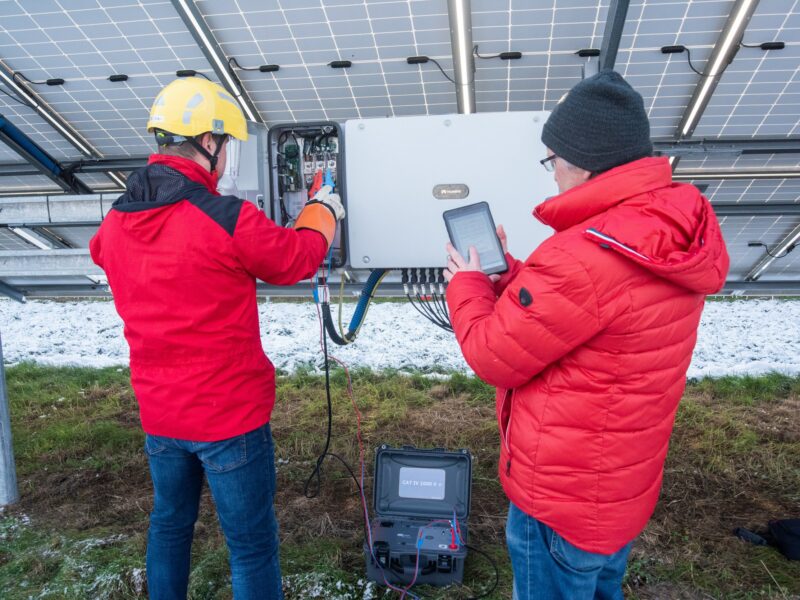
Measuring short circuit loop impedance at solar photovoltaic farms and power plants
With the increasing and dynamic development of solar photovoltaic farms and power plants, we are witnessing a growing demand for proper short-circuit loop impedance measurement between the inverter and the LV/MV transformer. To enable these tests to be made, Sonel have developed the Sonel MZC-340-PV high current loop impedance meter. The world’s first meter designed for measuring short-circuit loop impedance in networks with voltages as high as 900V AC and are within the CAT IV 1000V measurement category.
All around the world we are seeing ever larger solar photovoltaic installations being built. Their owners and developers are saying that they are going to periodically expand them to generate additional tens or hundreds of megawatts or power. In order to reduce the costs associated with facilities this large, investors and designers are starting to employ inverters with a nominal active power of P ≈ 185 kW. These inverters convert 1500V DC power into 800V AC. Once the power has left the inverter, the energy goes to the medium voltage network through a 0.8 kV / 20 kV transformer substation. This solution is becoming a standard at substations with capacities starting at 1 MW.
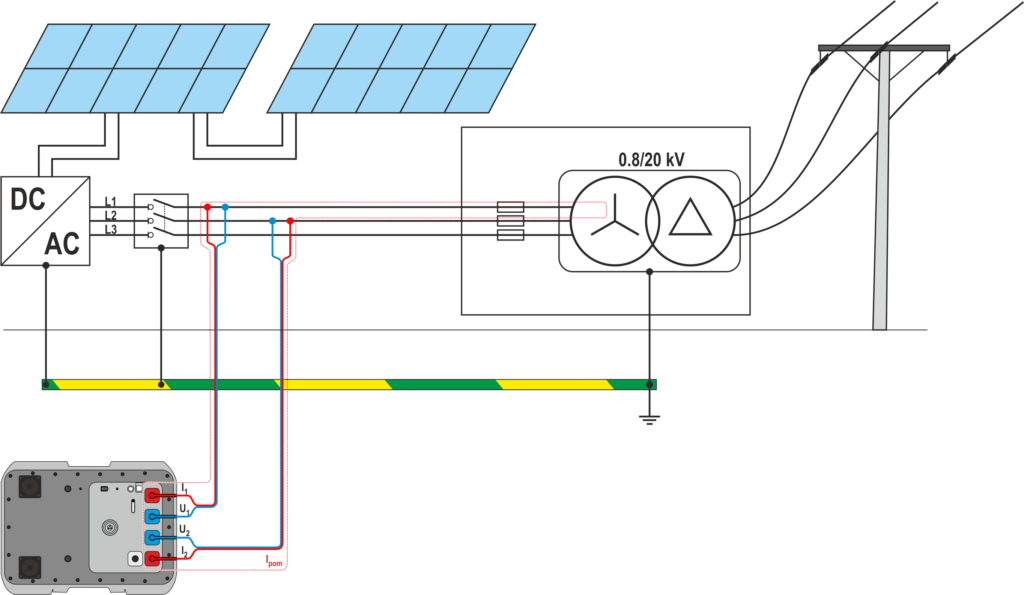
Figure 1. Measuring the short-circuit loop impedance in the working circuit (L1-L2) of an IT network, using the example of a solar photovoltaic farm with an 800V AC IT network
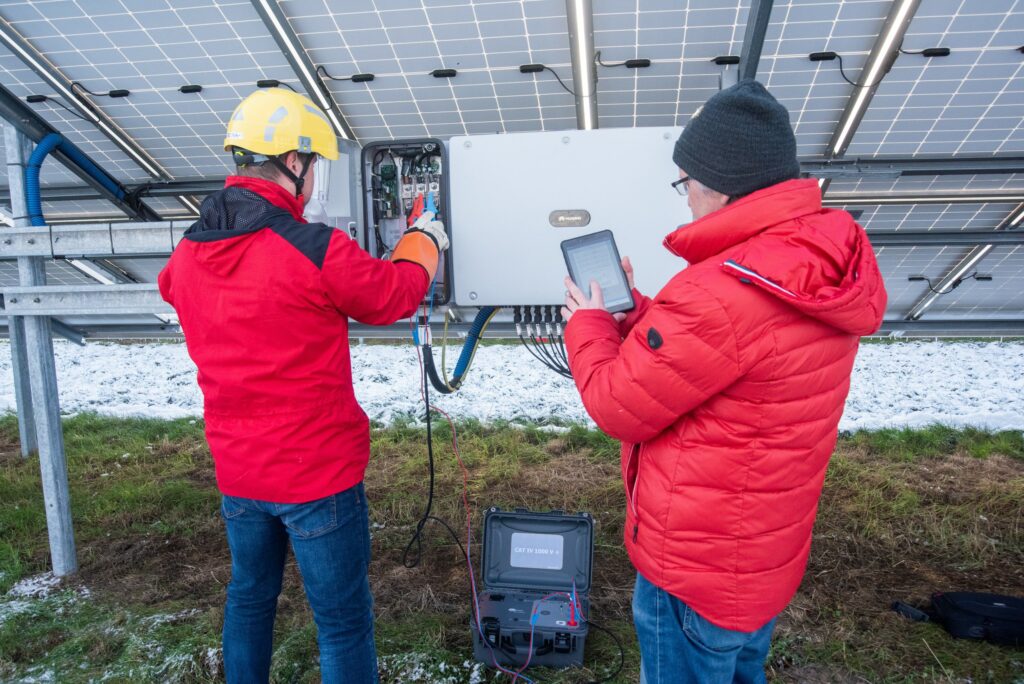
Photo 1. A solar power farm with an inverter with a power of P ≈ 185 kW. Taking measurements using the Sonel MZC-340-PV meter
Guidelines for contractors building solar photovoltaic farms and power plant
In order to commission, check, periodically service and supervise such extensive installations, the contractor should refer to the guidelines defined by the BS:EN 62446-1 standard “Photovoltaic (PV) systems – Requirements for testing, documentation and maintenance”. This standard indicates that inspecting a photovoltaic farm should, when it comes to electric shock protection, be carried out in accordance to the standards BS:EN 60364-6 and BS:EN 60364-4-41.
The contractor should present reports on the measurements that they have carried out, which should also include the measurement of short-circuit loop impedance. Making this measurement is one of the basic methods of ensuring there is protection against electric shock.
Sonel MZC-340-PV – A world first among loop meters
To date, there has been no equipment suitable for performing measurements on these larger photovoltaic systems available on the market. With this in mind, Sonel decided to fill this niche by pioneering a new kind of product – the Sonel MZC-340-PV fault loop impedance meter. The meter is designed for measuring short-circuit loop impedance and for establishing the short-circuit current. The device allows tests to be performed on networks with voltages as high as 900V AC.
CAT IV 1000V measurement category
Measurements at voltages this high and on sources of great energy, which include inverters and transformers used at large PV power plants, are made possible due to the fact that the Sonel MZC-340-PV high-current short-circuit loop impedance meter was designed and manufactured within the CAT IV 1000V measurement category. This is the only measurement category that can ensure safety for the personnel carrying out measurements in these test conditions. Due to the particular nature of the tests, voltages exceeding 800V to ground may appear when testing is being carried out. This means that measurements carried out with lower category meters are prohibited, as they are a threat to the safety of the engineer making the measurements and are most certainly going to be questioned by an informed safety and supervision inspector.
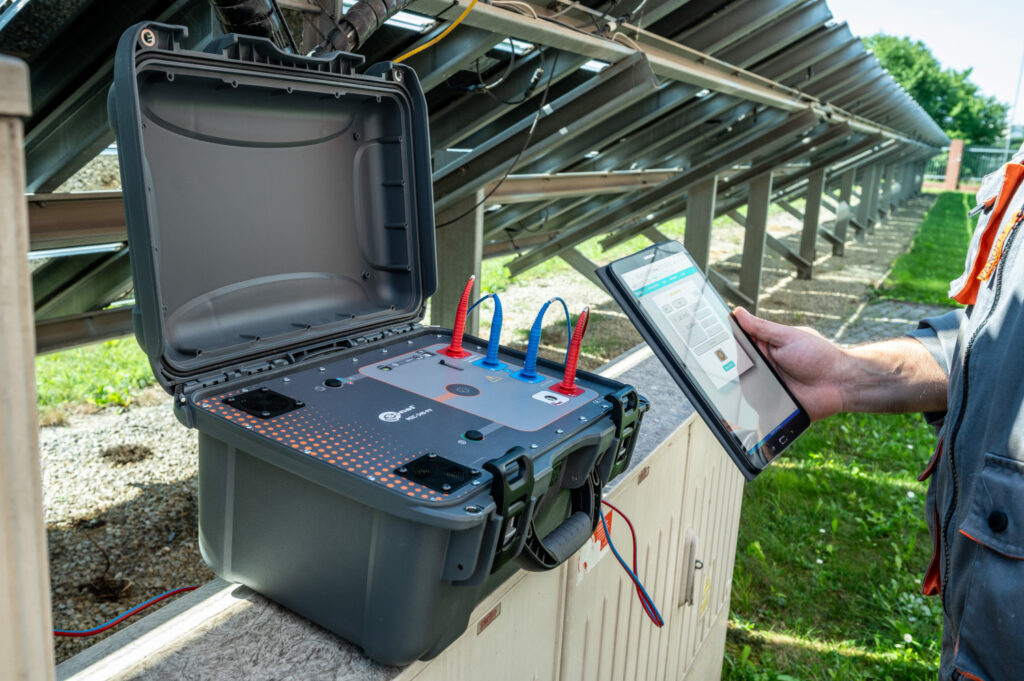
Photo 2. Taking measurements using the Sonel MZC-340-PV meter
Remote measurements ensuring the maximum safety
The new meter does not have a built in display, instead it allows for remote control and presentation of results through the use of a mobile device with built-in Wi-Fi (phone, tablet, laptop, etc.) and a web browser. The Sonel MZC-340-PV can communicate with up to five devices at the same time and the functionality of the meter does not require an internet connection except when it may be necessary to update the device’s firmware which will be downloaded directly from the Sonel.
Sonel MZC-340-PV – The meter can be controlled using:
- a phone or a tablet – no matter what system it is using (Android, IOS, Windows…). Full functionality for initiating measurements, reading results and managing the memory can be made.
- a touch panel in a car – initiating measurements, reading results and managing memory is possible.
- smartwatch – Supervision of and review of the test results can be seen.
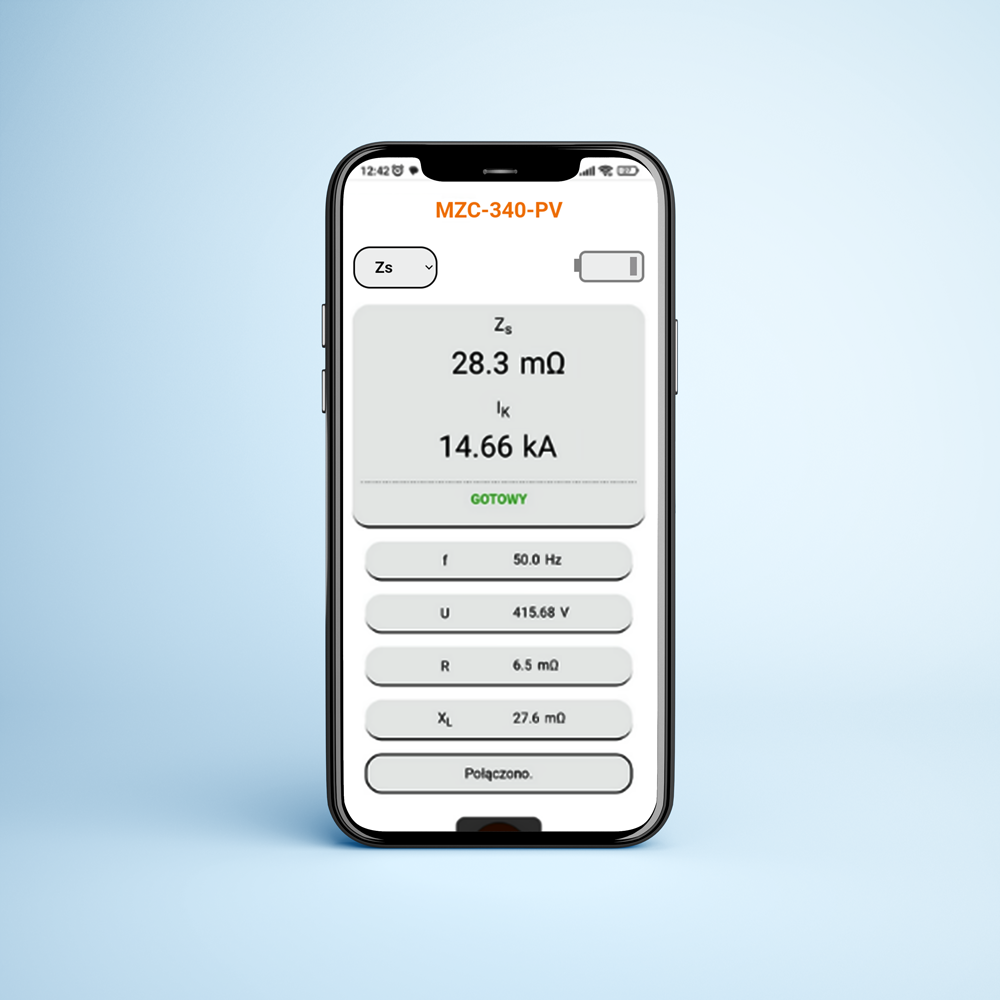
Photo 3. Control using a phone or a tablet
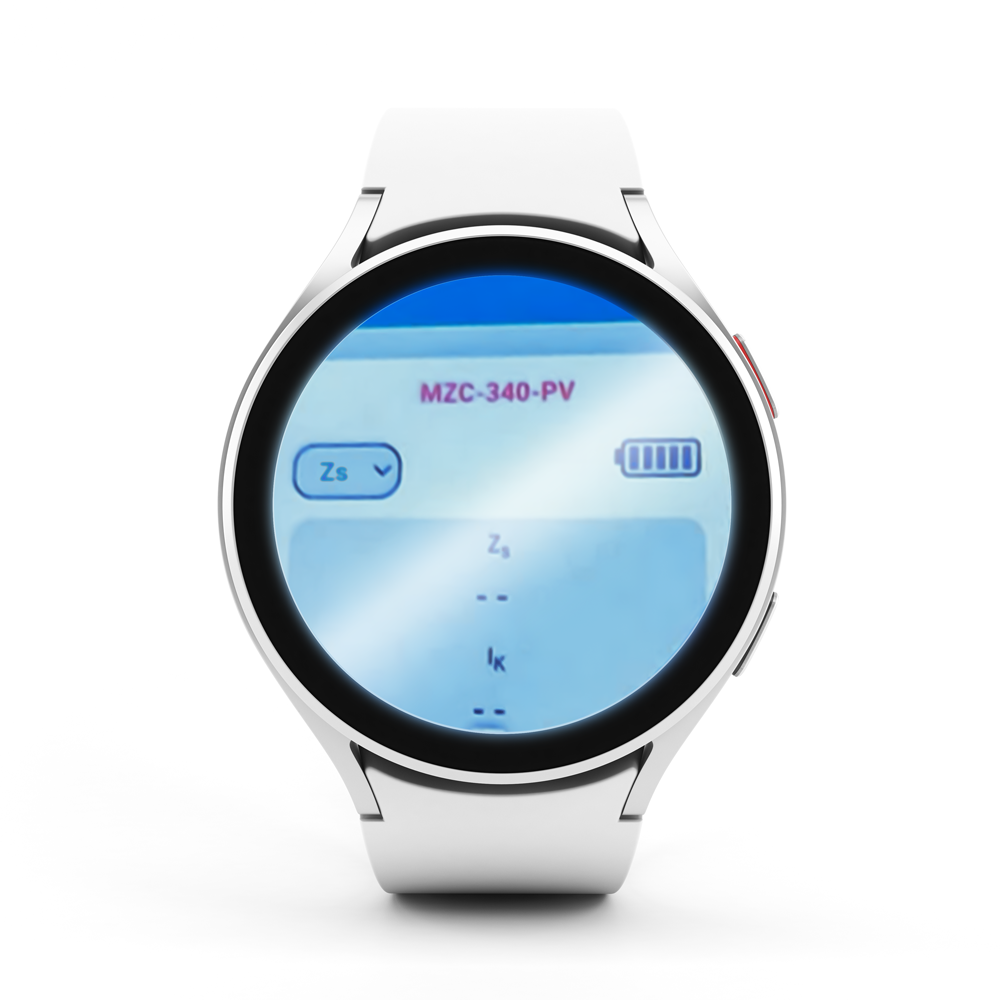
Photo 4. Review results using a smartwatch
Substantial functionality with a wide range of application
A great advantage of the Sonel MZC-340-PV is its ability to measure very low short-circuit loop impedances, effectively starting as low as 7.2 mΩ with a resolution of 0.1 mΩ, where:
- with a voltage of 230V AC, the measurement current value is 130 A,
- with a voltage of 550V AC, the measurement current value is 305 A,
- with a voltage of 900V AC, the measurement current value is 250 A.
The device can operate in networks with rated voltages of 220/380V, 230/400V, 240/415V, 290/500V, 400/690V and 460/800V (up to 900V) within the voltage frequency range of 45…65 Hz. For its measurements, the Sonel MZC-340-PV meter employs the four-wire (4P) method, in which the measuring wires do not affect the value of the measured impedance. Testing can be carried out with the use of crocodile clips and Kelvin probes, which like the meter are within the CAT IV 1000V measurement category.
Despite being intended mainly for solar photovoltaic farms, the Sonel MZC-340-PV can also be a great choice for carrying out measurements on other renewable sites such as wind farms, low-voltage transformer substations and even in heavy industry making it an excellent choice that will ensure years of safe and reliable operation.
Sonel S.A.

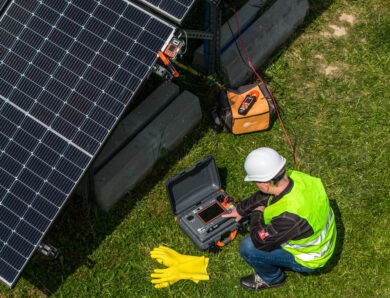
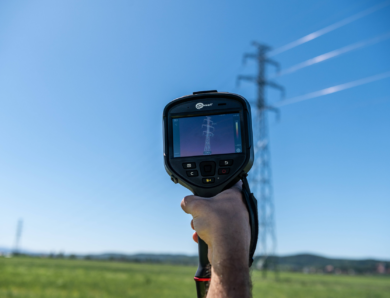
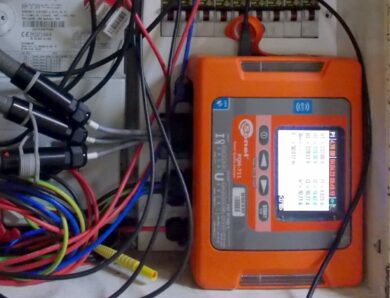
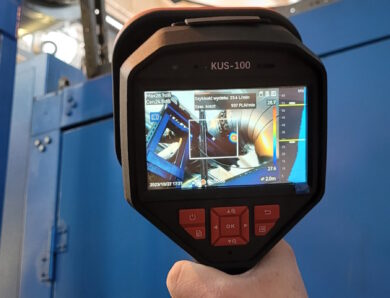
No Comment